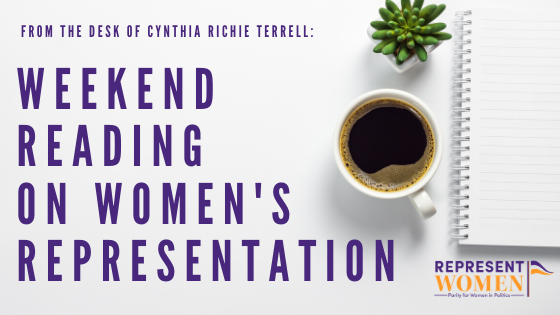
Weekend Reading on Women’s Representation is a compilation of stories about women’s representation in politics, on boards, in sports and entertainment, in judicial offices and in the private sector in the U.S. and around the world—with a little gardening and goodwill mixed in for refreshment!
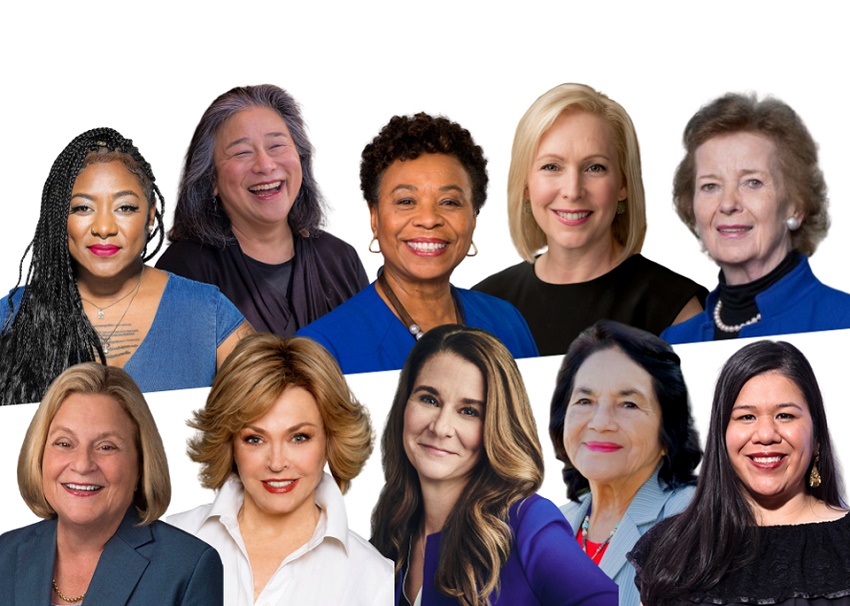
Bottom: Ileana Ros-Lehtinen, Pat Mitchell, Melinda Gates, Dolores Huerta, Monica Ramirez.
There were a lot of terrific articles this week discussing women’s representation and leadership including this piece on Forbes by Marianne Schnall that features interviews with a number of prominent women discussing women’s leadership:
A few weeks ago an evocative meme was making the social media rounds: a picture of the leaders of Germany, New Zealand, Belgium, Finland, Iceland and Denmark with the caption, “COVID-19 is everywhere but countries with heads of state managing the crisis better seem to have something in common…”
Of course the answer was that they were all women. The narrative is that from Angela Merkel of Germany to Jacinda Ardern of New Zealand to Tsai Ing-wen of Taiwan (as well as the leaders of Denmark, Finland, Iceland, and Norway), it does appear that countries who have female leaders at the helm are proving to be faring better during the pandemic thanks to their effective handling of the response to the COVID-19 crisis.
It’s important to underscore this story because it counteracts a long-held false narrative that somehow women aren’t as well suited or prepared to be leaders—and that leadership in general, particularly as heads of state, is the more natural realm of men. This false notion can lead to many misconceptions with damaging outcomes. For example, it fosters a self-perpetuating belief that somehow women candidates aren’t electable or may be a political risk, which may be part of the reason we have yet to elect a female president here in the United States.
Women are still so vastly underrepresented in all levels and sectors of leadership here in the US and around the world. According to Axios, at the start of this year, only 15 of the 193 United Nations countries were led by women, and that has now dropped to 13. Women currently make up only 23.7% of the US Congress and only 5.8 % of Fortune 500 CEOs—and these numbers fall even lower when it comes to women of color.
The efficacy of female leaders handling this pandemic, and what we can learn from what leadership qualities and skills women bring to leadership, are lessons worth noting as we seek to rebuild our country, economy, and address the many problems we face as a nation and world. We need women leaders, and leaders of all genders can learn the traits these women model as we create new updated paradigms of leadership.
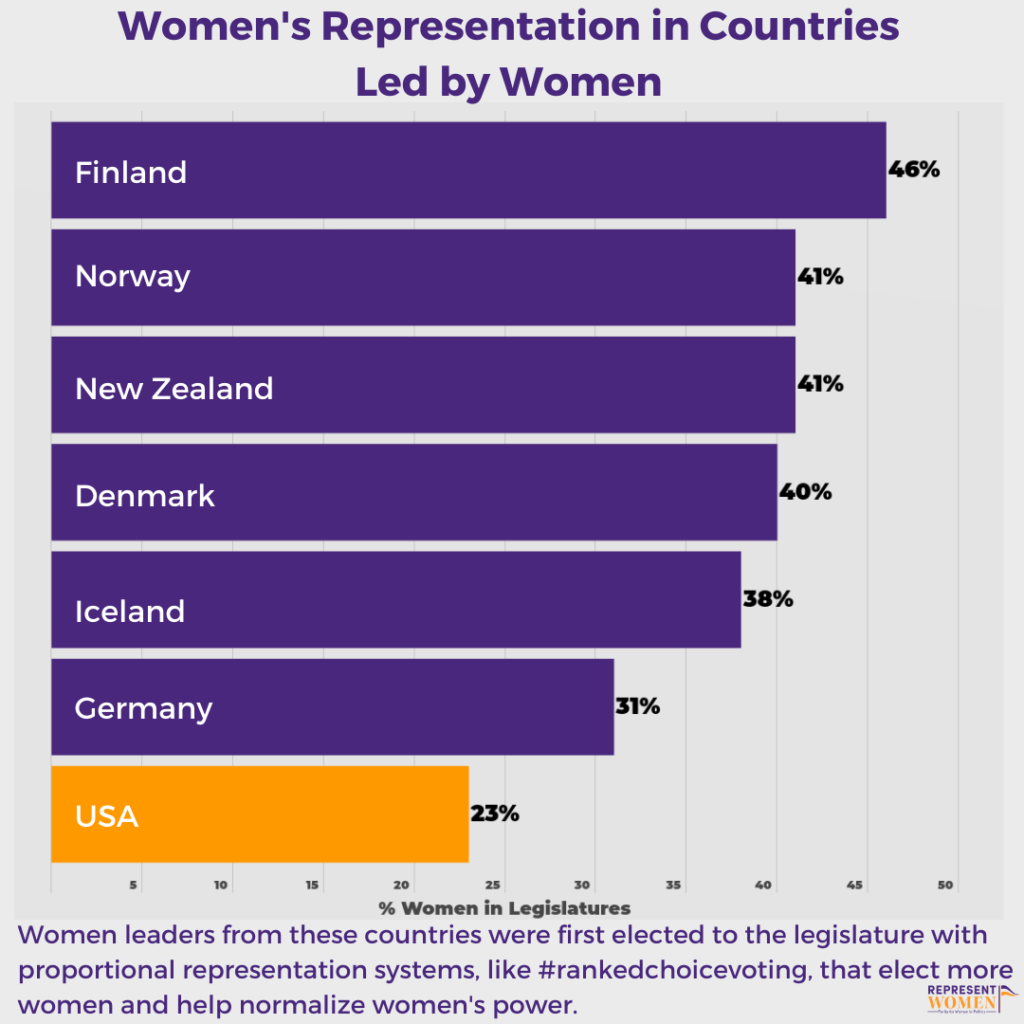
While Marianne is right to encourage readers to learn about how these women are leading, it’s also very important to consider the recruitment norms and voting systems used around the globe that are electing more women to office and helping to normalize women’s power.
The strong correlation between the use of quotas and proportional representation and women’s electoral success in the majority of nations that rank above the United States in women’s representation grounds RepresentWomen’s advocacy for electoral reforms in the U.S.

There was a very interesting piece by leading political scientists Jennifer Piscopo and Shauna Shames in the Boston Review that poses the question: Can a democracy without women even be called a democracy?
Feminist scholars and women’s movements across the globe have argued that women’s absence from elected positions corrodes democracy. They challenge: Can democracy without women even be called democracy?
Scholars have traditionally described democracy as something that unfolded in three distinct global waves. The so-called first wave of democracy—from the mid-nineteenth century to the years immediately following World War I—occurred when countries ended voting restrictions that affected lower-class men. Countries removed property and literacy restrictions on voting, but these changes only benefited men, and sometimes only men from the country’s majority racial, ethnic, or religious group.
After World War II, a second wave of democracy followed, which featured decolonization in Africa and Asia, as well as the expansion of women’s suffrage. When the Soviet Union fell in 1989, it fueled a third wave of democratization, which engulfed not just Eastern Europe but also Latin America, as the region shed its military dictators and ended its civil wars. These changes were so dramatic that public intellectual Francis Fukuyama proclaimed the end of history: democracy was now the only game in town.
Setting aside the question of whether the wave analogy best captures historical and political trends, it is indisputable that marking democratic progress in this fashion bears little connection to women’s rights. As political scientist Pamela Paxton notes, the dates of democratic transitions would look very different “if one simply substitutes the requirement of female suffrage for male suffrage.” Countries such as the United States and France were celebrated for becoming democracies even before the first wave, but they didn’t enfranchise women until 1920 and 1944, respectively.
And this scholarly trend of ignoring women’s place in democracy continues. As recently as 2016, a retrospective on the third wave of democratization in the Annual Review of Political Science examined the role of civil society in supporting democratic institutions and asked whether societies with deep ethnic or religious divides could sustain their newfound trust in competitive elections—but never mentioned women or gender equality at all.
At the same time, women’s and feminist movements have worked tirelessly to point out—with increasing urgency—that the franchise alone has not improved women’s lives or status. Historically, the easiest route for women to gain elected office was to be appointed by a man, particularly to fill the seat of a departing or deceased husband, father, or brother. By the mid-twentieth century, women began seeking election in their own right, often encountering formidable barriers such as financial obstacles, gender stereotypes, and outright intimidation and violence.
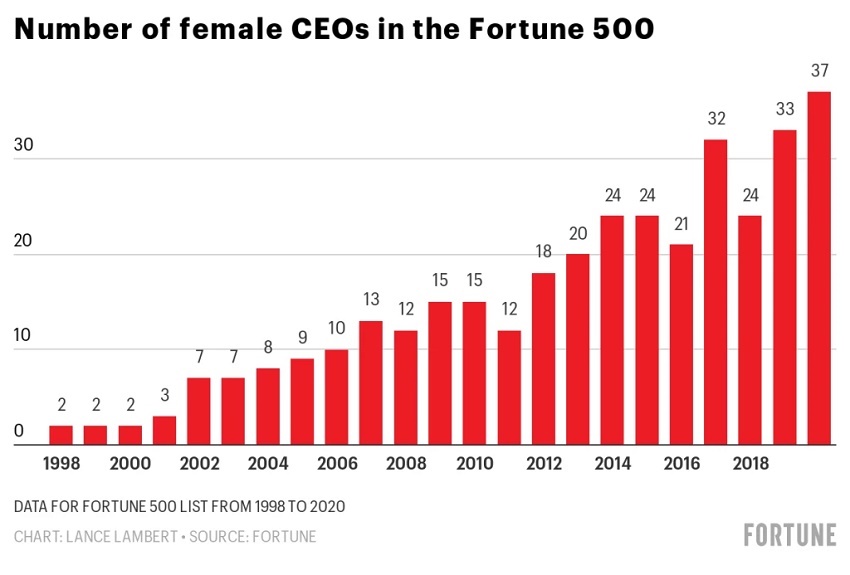
We had well over 100 applicants for internships this summer and several members of the RepresentWomen summer intern team started this week.
One of their first assignments was to look for interesting articles to include in this week’s blog. Legal intern Claire Halffield suggested this article by Emma Hinchliffe from Fortune—here is Claire’s take on it:
For the second year in a row, the number of women CEOs in the Fortune 500 has hit a new high, 37 (up from 33 in 2019). Some of these women are leading companies that have a longstanding place in the Fortune 500 rankings, while other women are leading companies that broke the 500 for the first year. Only three of the 37 women are women of color.
This article was of special interest to me because women have once again led more Fortune 500 companies than ever before, but we are still a long way from equal representation.
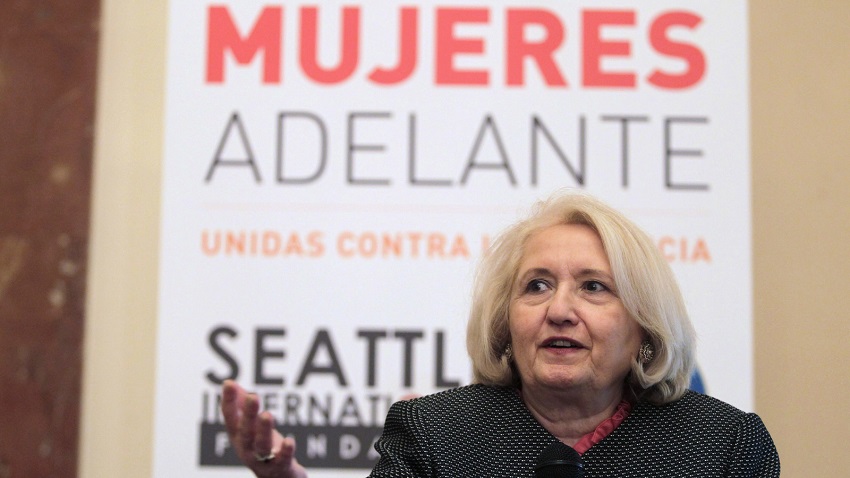
Claire also found this piece about women ambassadors by Alexandra Bro and Rebecca Turkington from the Council on Foreign Relations interesting:
Melanne Verveer as the first U.S. Ambassador-at-Large for Global Women’s Issues in 2009, there was no equivalent post anywhere in the world. The role was established “to raise the importance of women’s perspectives and participation in all areas of our foreign policy engagement,” Verveer told us.
“The Administration noted that this was in the interests of U.S. national security and […] that we can’t possibly begin to solve our pressing foreign policy challenges—from growing economies and advancing peace and security to addressing climate change and more—without women’s full participation and engagement.”
Since then, a growing number of nations have taken steps to institutionalize gender equality and women’s empowerment as a policy priority in the areas of diplomacy, defense, aid, and trade. For a few—namely Canada, France, Mexico, and Sweden—this means an explicit feminist foreign policy that places equality at its center.
For others, it takes the form of budget targets for foreign aid, ministry-wide strategic guidance, and personnel parity measures. And for some, it involves the appointment of high-level positions focused on women and girls.

Taylor Herrick, an intern in the communications department found this article by Ann Deslandes from Foreign Policy of interest, here is her summary:
“This article gives an overview of the fight against femicide in Mexico and the recent demonstrations and strikes in March across the country. What was most interesting in this article was the idea that although these women have been successful in their protests and have gotten attention from the media and federal government, now with coronavirus they are unable to continue their fight. Many of the women who are under a threat of sexual assault or domestic violence are now in greater risk because they are stuck in their homes with potentially dangerous family members or partners.”
Taylor also suggested I include this podcast from Politico‘s Women Rule with Anna Palmer and Rep Pramila Jayapal.
Taylor writes:
“This podcast episode with Representative Jayapal explores her thoughts on reopening the country, her perspective as a lawmaker from Seattle where coronavirus has been detrimental, and her experience in Congress as a woman of color and the first Indian-American woman elected. I really liked her insight and advice on overcoming adversity as a newly elected woman in the House of Representatives and why she decided to not vote for the recent HEROES act.”

Hannah So, a research intern, found this column by Magi Thomley Williams in the Pensacola News Journal.
Here is Hannah’s take on the article:
“In this op-ed, Williams argues that gender differences can offer unique and diverse perspectives on important political issues, ranging from healthcare to infrastructure. With this in mind, she advocates for greater inclusivity in politics, in which women play a leadership role in the political decision-making process. The author connects the advantages of increasing women’s political representation to the COVID-19 pandemic, citing that the countries with the most effective responses to the crisis are those led by women. I found this article interesting, as it further illustrates the importance of women’s political representation, especially in light of the current pandemic.”
Hannah also found an article by Kendall Karson from ABC News on the record number of women who have filed to run for congressional seats—here is Hannah’s take on the piece:
“Building upon the momentum of the 2018 midterm elections, a record-high of 490 women filed to run for the U.S House of Representatives in 2020, with 297 challenging current incumbents. While Democrats continue to lead over Republicans in their number of female candidates, Republicans are also making significant gains in their recruitment, as 195 Republican women are running for congressional seats, far surpassing the previous record of 133 women in 2010. With this momentum, women across both parties are expected to win seats in November, which would further diversify congressional representation.
“I found this article to be encouraging, especially as the 2020 elections are approaching, and a good reminder that gender parity in politics is not a partisan issue, but a goal that all can strive towards.”
Lola Solis, a research intern, found this analysis of the impact of gender quotas in India by Sandra Knispel from the University of Rochester, here is Lola’s take on the article:
Researchers from the University of Rochester examined the effects of gender quotas in India. The research focused primarily on local elections in Delhi, India’s capital territory. One of the key findings was in Delhi’s local elections that had women quotas, people tended to elect women from Hindu upper castes and were less likely to elect women from lower castes or what the Indian Government calls the “Other Backward Class.” However, in localities with no “women-reserved constituencies,” the result was the opposite.
I found this article extremely interesting because it demonstrates the need for an intersectional approach to gender parity—looking at gender itself can lead to unintended consequences for members of other marginalized groups.

Lola also found this news piece by Everton Bailey, Jr, and Brad Schimdt from The Oregonian on the first Latinx person elected to the Portland City Council—here is Lola’s summary:
“Carmen Rubio is a first-generation Mexican immigrant and is the first Latinx and second woman of color to be elected as commissioner in the city of Portland, Oregon. Rubio has an extensive history of serving the broader Latinx and immigrant community in Portland as a public servant and as a community organizer.
“I thought this article was noteworthy because it is relevant to RepresentWomen’s 2019 Gender Parity Index, where 40% of Oregon’s county executive positions are held by women.”

Faith Campbell, a research intern, suggested I include this blog by Anya Prusa, Beatriz García Nice and Olivia Soledad from the Wilson Center that, in Faith’s words, “talks about COVID-19 and the increase in domestic violence that women are facing in Latin America. It does not directly link to women’s representation on the surface. Still, the rights of women and political leadership are systemically linked, as you know.”
Faith also called my attention to this video that, which “concerns the LGBTQ+ Community and recent developments in Hungary. Queer rights in Hungary specifically are facing challenges from the government.”
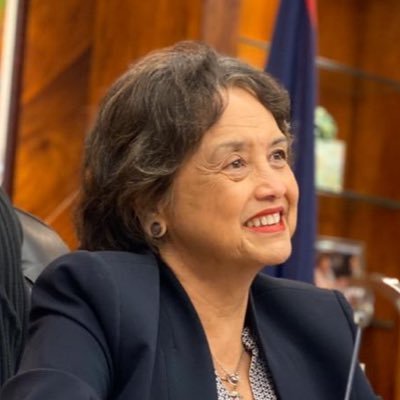
Amanda Ellis, our incredible partner in the work to fulfill the promise of the UN’s Sustainable Development Goals for Women’s Representation, shared this piece from The Pacific Daily News by Lourdes A. Leon Guerrero, the governor of Guam:
As our island’s first maga’håga, working with a two-thirds majority female Legislature, 19 female directors in my cabinet, and having had a female chief justice of the Supreme Court of Guam swear me into office, it would be simplistic of me to say that women’s fight for equality is over. It may appear that way on the surface.
Women have fought and won many battles for equality since gaining the right to vote 100 years ago. We have proven ourselves, earned respect and succeeded in every profession. We are political leaders, physicians, engineers, lawyers, plumbers, small business owners, corporate presidents, police officers, soldiers, generals, government directors and more. We now have a Guam Women’s Chamber of Commerce with over 230 members that focuses on helping women succeed in business.
Former United Nations Secretary General Kofi Annan got it exactly right when he said, “There is no tool for development more effective than the empowerment of women.”
Yet we still have work to do, ladies. Statistics from our 2010 census showed that 10 years ago, women held only 23% of the total management positions available in our civilian workforce. I am confident that our 2020 census data will see that number move closer to, or maybe even surpass, the 50% mark.
Our 2010 census data also told us that with regard to salaries of $65,000 or more, males out-earned females by 74% to 26%. In the $50,000 to $64,999 range, males out-earned females by 62% to 38%. So, a decade ago, men were out-earning women in the higher salary ranges by a nearly 3-to-1 ratio. Again, I know these margins will narrow with our 2020 census data.

Finally, ReflectUS board member Madelene Mielke, CEO of APAICS, wrote a great piece for Gender on the Ballot about the need to elect more Asian American and Pacific Islanders to office:
As the Asian American Pacific Islander (AAPI) community gathers virtually to celebrate Asian Pacific American Heritage Month (APAHM), it’s important to remember that federal laws prohibited Asian Americans to naturalize until 1952. This fact is important to recognize because the ability to run for office is tied to citizenship.
Asian Americans have been in the United States since the early 1600s and due to the systemic discriminatory barriers placed to keep this constituency in check, its political influence has only recently been harnessed. AAPI women started serving on the federal level in 1965 and serving as Governor in 2011.
Former U.S. Representative Patsy Mink was the first woman of color and the first Asian American woman to be elected to Congress. All of this is significant for a variety of reasons, one of them being that Hawaii became the 50th state, and her first run for Congress was in 1959. Even with a majority AAPI constituency, societal & cultural norms prohibited her from winning her election to Congress until 1965. Former Ambassador Nikki Haley was elected in 2011 as Governor of South Carolina and is the first and only Asian American woman to be elected to that position.
As AAPIs are the fastest growing racial group in the country, it’s essential that this community remain vigilant about voting and achieving representation at a proportional rate to elected office. With a six percent national population and a federal representation of three percent, the AAPI community is below average in the election of our congressional leaders. In the 116th Congress, there is an historic high of twenty AAPI congressional members, ten of them AAPI women, three of them in the United States Senate. Out of the 55 states and territories that comprise the National Governors Association, there is one AAPI woman currently serving as Governor. Although achieving a record, there is much work to be done to elect more AAPI women at the federal and gubernatorial levels.
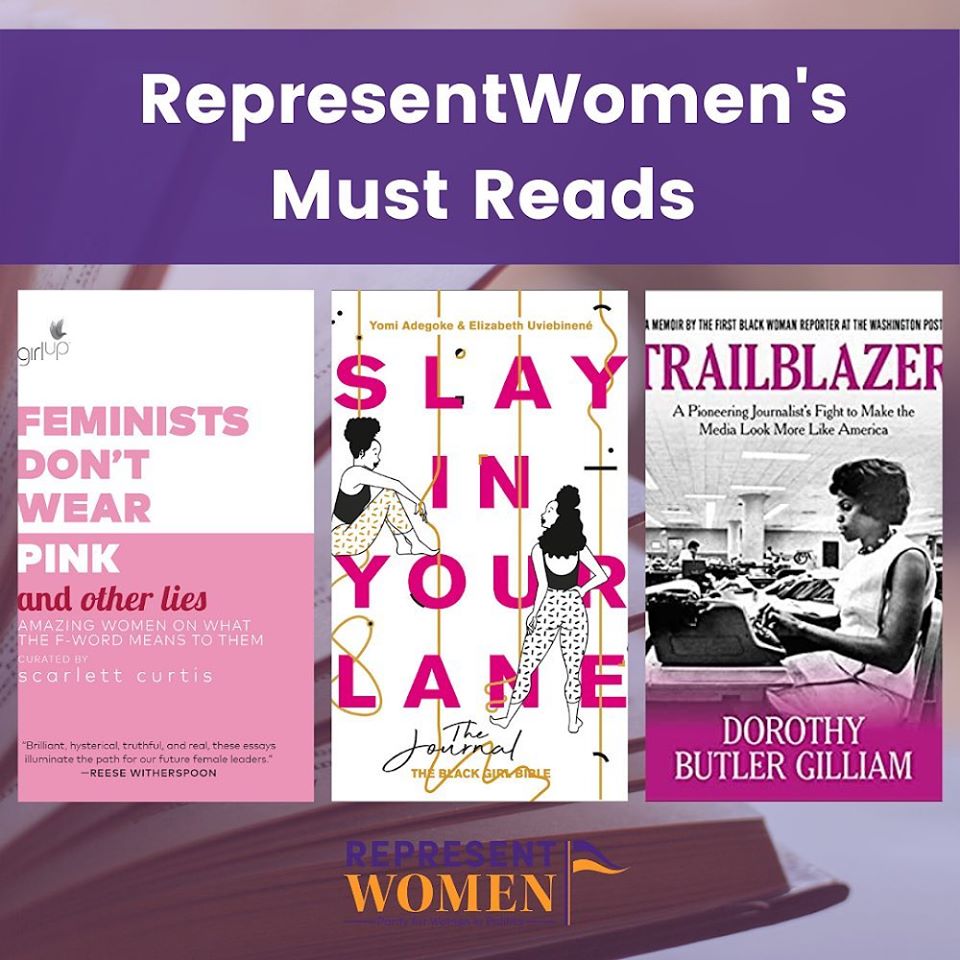

The countdown to the Seneca Falls Revisited virtual conference continues, read this week’s blog by RepresentWomen’s Maura Reilly for a reminder about the important work of ERA champion Alice Paul:
Born 37 years after the first Woman’s Rights Convention, held in Seneca Falls in 1848, Alice Paul became a leading advocate for women’s suffrage and the passing of the 19th Amendment. After attending Swarthmore College, co-founded by her grandfather, Paul went abroad and became engaged in the women’s suffrage movement.
Upon returning to the U.S. in 1912, Alice Paul joined the National American Woman Suffrage Association (NAWSA). Paul went on to form her own organization, the National Woman’s Party, which was focused on lobbying Congress for a national amendment rather than the state-by-state campaigns endorsed by NAWSA. With the National Woman’s Party, Paul organized a 1913 protest the day before President Wilson’s inauguration, attended by over 8,000 women. After Wilson’s reticence to support women’s suffrage, Paul continued to organize protests during his presidency, including the “Silent Sentinels.”
The Sentinals included Alice and 1,000 other women who took turns picketing the White House for a year. Eventually many picketers, including Paul, were arrested for “obstructing traffic.” Those arrested were sent to a workhouse prison in Virginia where they faced harsh conditions and organized hunger strikes. News around the suffragists in prison eventually swayed public opinion in their favor and led to President Wilson’s public support of suffrage in 1918.
Two kinds of anemone and roses blooming today! Happy Memorial Day.









